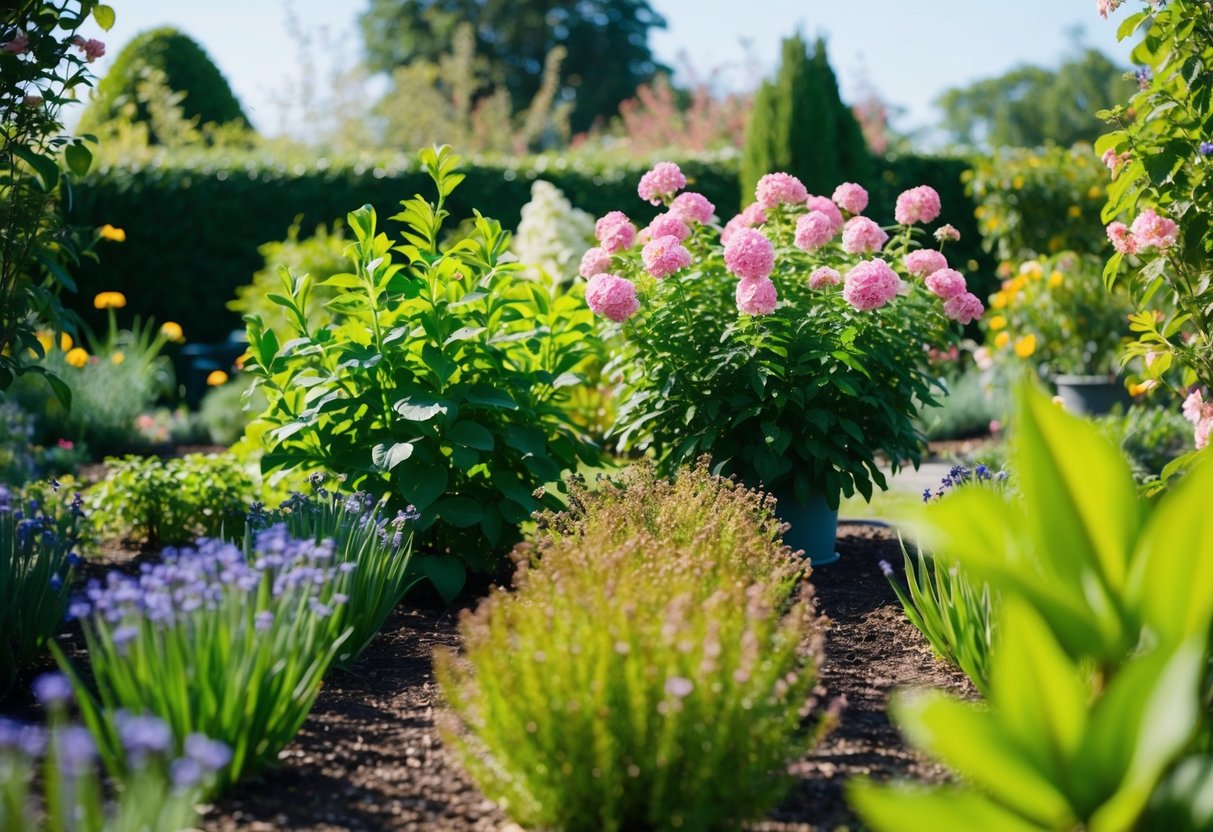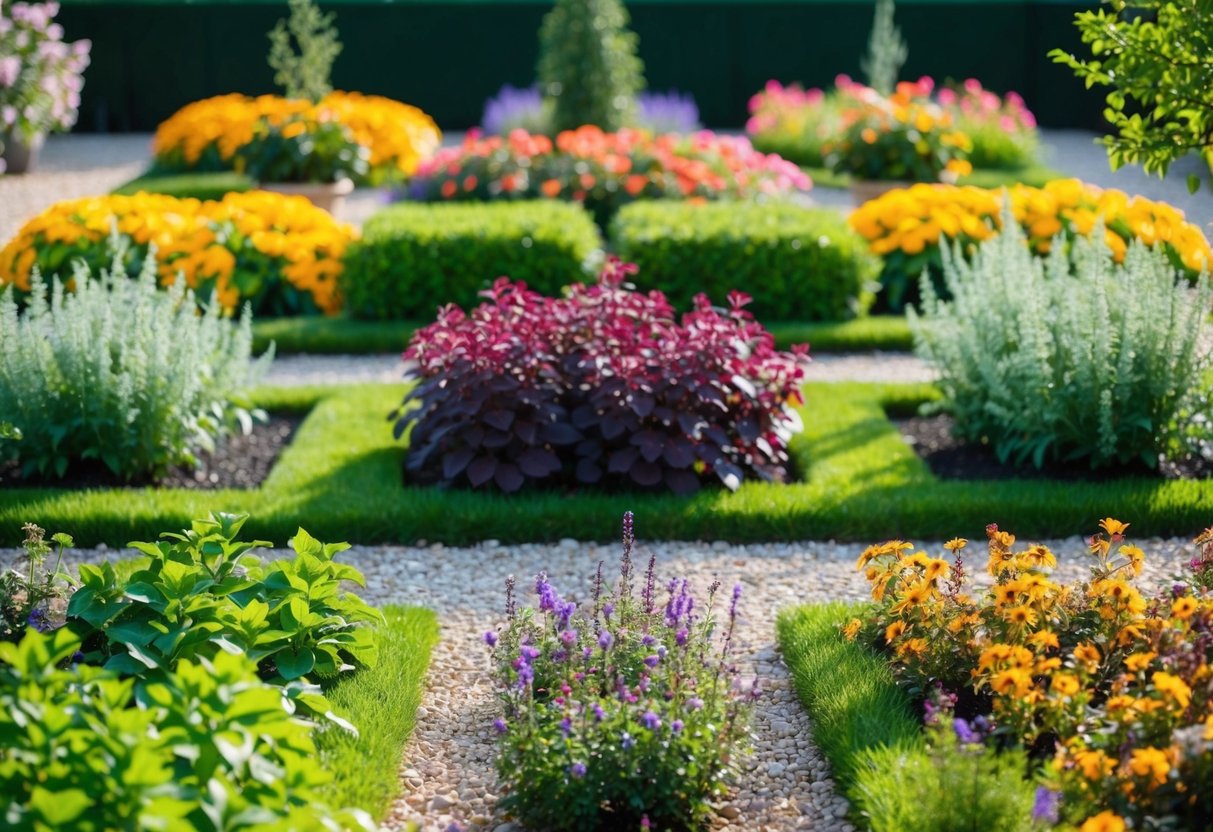
Best Plants for a Vibrant Summer Garden
Selecting the right plants is crucial in a summer garden. Look for species that thrive in heat and full sun. Popular choices include marigolds, zinnias, and sunflowers. These plants not only withstand high temperatures but also add bright colors to the landscape.
Vegetable gardeners might choose tomatoes and peppers, which flourish in warmth. Additionally, consider drought-resistant plants like lavender and succulents, which reduce the need for constant watering. Native plants also adapt better to local climates, providing resilience against summer heat.
Irrigation and Watering Strategies
Efficient irrigation is vital in summer gardening to prevent plants from wilting. Early morning is the best time for watering, minimizing evaporation and ensuring soil moisture during the hottest part of the day. Drip irrigation systems can provide a consistent water supply directly to plant roots.
Mulching around plants helps retain moisture, reducing the frequency of watering. This technique keeps roots cool and minimizes weed growth. Rainwater harvesting is another effective approach, utilizing natural rainfall to water the garden.
Understanding these methods can lead to a lush and enduring garden throughout the season. Proper irrigation not only sustains plants but also conserves water, a valuable resource during dry summer months.
Garden Design and Structure

The design and layout of a garden play a crucial role in its functionality and visual appeal. Thoughtful planning involves selecting perennials for lasting beauty and incorporating structures to enhance the garden’s practicality and charm.
Creating Aesthetic Appeal with Perennials
Perennials are a valuable addition to any garden design due to their resilience and longevity. These plants come back each year, offering consistent beauty with minimal maintenance. Selecting varieties with different blooming periods extends the garden’s visual interest across various seasons. Consider using a mix of colors and textures to create dynamic visual appeal.
Planting perennials in groups can establish focal points. When it’s time to design, prioritize diversity. Mixing tall and short species can create depth, while incorporating evergreens ensures year-round structure. Proper spacing when planting will allow room for growth and prevent overcrowding. This thoughtful arrangement can transform a garden into a vibrant, ever-changing masterpiece.
Incorporating Garden Structures
Garden structures are fundamental for adding both function and form to outdoor spaces. Essential structures such as trellises and pergolas can define areas within the garden. These elements support climbing plants and create shaded areas, enhancing both the vertical and horizontal dimensions.
Borders and pathways made from natural materials, like stone or wood, contribute to the garden’s aesthetics while guiding movement and delineating sections. Raised beds offer practical advantages for planting and maintenance, facilitating better soil control. Water features like fountains or ponds can be key features that provide tranquility and attract wildlife. A well-considered integration of these structures contributes to a more organized, inviting space that’s both practical and aesthetically pleasing.
Organic Matter and Composting
Enhancing garden soil can be achieved through composting and controlling pests naturally. Using organic materials and techniques supports sustainable gardening practices.
Composting Techniques and Benefits
Composting involves decomposing organic materials such as kitchen scraps and yard waste into nutrient-rich soil. This practice improves soil structure, enhances moisture retention, and promotes beneficial microbial activity. Compost piles should be balanced with green materials like vegetable scraps and brown materials such as dry leaves.
Creating a compost pile involves mixing these materials in layers and maintaining moisture without saturation. Turning the pile regularly facilitates the decomposition process. Finished compost enriches the soil with nutrients like nitrogen, phosphorus, and potassium. These nutrients enhance plant growth and yield, making compost an essential element for any season’s gardening efforts.
Utilizing Organic Pest Control Methods
Organic pest control methods involve using natural substances and practices to deter or manage garden pests. Introducing beneficial insects such as ladybugs and lacewings can effectively reduce aphid populations. Companion planting, where certain plants grow together, can repel pests naturally—for example, marigolds can deter nematodes.
Applying organic matter like neem oil serves as a barrier against pests without harming beneficial insects. Another approach is using diatomaceous earth, a natural powder that affects pest exoskeletons. Rotating crops and maintaining healthy soil through composting also minimize pest problems by breaking pest life cycles and promoting vigorous plant growth.